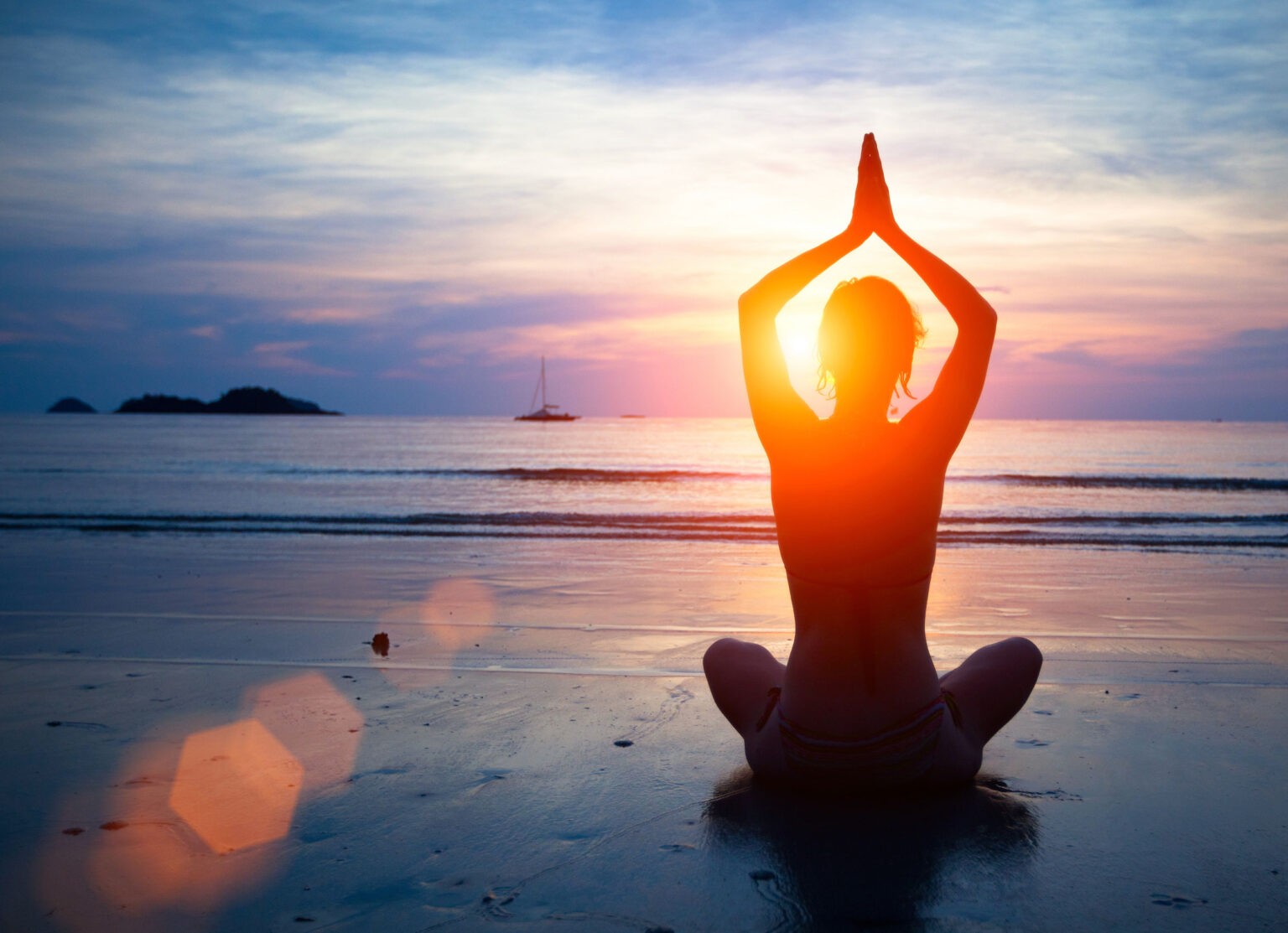
The Different Paths of Yoga: Exploring Ancient Traditions in the Modern World
By: Noor-E Sifat Published: 18 Sept 2023
Yoga, a practice that has endured for centuries, is not just a physical exercise but a holistic journey that encompasses the mind, body, and spirit. It’s a timeless tradition rooted in ancient India, and its profound impact on individuals’ well-being and inner growth has made it a global phenomenon in the modern world. While most people associate yoga with physical postures, there is a rich tapestry of diverse paths, each offering a unique approach to self-discovery and enlightenment. In this article, we’ll explore the various paths of yoga and how they continue to thrive in our contemporary society.

1. Hatha Yoga: The Path of Physical Mastery
When most people think of yoga, they are envisioning Hatha Yoga. This path emphasizes the physical postures (asanas) and breath control (pranayama). It’s about building strength, flexibility, and balance in the body. Hatha Yoga is an excellent starting point for beginners, as it provides a solid foundation for exploring other, more esoteric paths. In the modern world, Hatha Yoga classes can be found in gyms, studios, and even online, making it accessible to people of all ages and fitness levels.
2. Bhakti Yoga: The Path of Devotion
Bhakti Yoga is the path of devotion and love. It centers around the worship of a chosen deity or the divine in all things. Practitioners of Bhakti Yoga express their devotion through prayer, chanting, and acts of service. In today’s world, you can find Bhakti Yoga in the form of kirtan (devotional singing) gatherings, where participants come together to sing and connect with the divine through music and mantra.
3. Jnana Yoga: The Path of Knowledge
Jnana Yoga is the path of knowledge and wisdom. It involves deep contemplation, self-inquiry, and the study of sacred texts. Those who follow this path seek to understand the nature of reality, the self, and the universe. In our modern age, Jnana Yoga thrives through philosophical discussions, study groups, and the availability of spiritual literature. The pursuit of wisdom and self-realization remains as relevant as ever.
4. Karma Yoga: The Path of Selfless Action
Karma Yoga is the path of selfless service and action. It’s about performing one’s duties without attachment to the results and without selfish motives. In today’s world, many individuals and organizations engage in Karma Yoga through volunteer work, charitable activities, and community service. The spirit of selflessness and giving back remains a powerful force for positive change.
5. Raja Yoga: The Path of Meditation
Raja Yoga, also known as the “Royal Yoga” or the “Eight-Limbed Path,” is the path of meditation and mental control. It was systematized by the sage Patanjali in his Yoga Sutras. Raja Yoga involves practices such as concentration, meditation, and the cultivation of inner peace. In our fast-paced, technology-driven world, Raja Yoga offers a much-needed sanctuary for those seeking to calm the mind and find inner stillness.
6. Tantra Yoga: The Path of Energy and Ritual
Tantra Yoga is often misunderstood as purely a path of sexual exploration, but it is much more than that. It’s a path that acknowledges the sacredness of all aspects of life, including sensuality and the physical body. Tantra practitioners harness energy and utilize rituals to expand consciousness and connect with the divine. In contemporary times, Tantra Yoga has evolved into a diverse field, with practices ranging from Kundalini awakening to sacred sexuality workshops.
7. Kundalini Yoga: The Path of Energy Awakening
Kundalini Yoga is a subset of Tantra Yoga that focuses on awakening the dormant Kundalini energy believed to reside at the base of the spine. Through specific postures, breathwork, and meditation, practitioners aim to raise this potent energy up the spine to attain higher states of consciousness. In the modern world, Kundalini Yoga classes and workshops offer a unique and transformative experience for those seeking spiritual growth and inner awakening.
8. Nada Yoga: The Path of Sound and Vibration
Nada Yoga is the path of sound and vibration. It explores the power of sound to transcend the limitations of the material world and connect with the divine. Practices in Nada Yoga include mantra repetition, chanting, and listening to sacred sounds and music. In today’s world, Nada Yoga is accessible through the use of mantras, sound healing therapies, and meditation techniques that harness the vibrational power of sound.
9. Sivananda Yoga: The Synthesis of Yoga Paths
Sivananda Yoga is a holistic approach that combines the teachings of various yoga paths into a comprehensive practice. Founded by Swami Sivananda, this style incorporates Hatha Yoga, Bhakti Yoga, Karma Yoga, and Raja Yoga. Sivananda Yoga centers and ashrams around the world offer structured programs that provide a balanced and integrated approach to yoga in the modern era.
10. Integrating Yoga Paths in the Modern World
In the modern world, many yoga practitioners don’t limit themselves to just one path. Instead, they integrate elements from multiple paths to create a well-rounded practice that suits their individual needs and goals. This eclectic approach allows individuals to tap into the richness of yoga’s ancient traditions while adapting them to the demands and challenges of contemporary life.
As we explore the diverse paths of yoga in the modern world, it becomes clear that yoga is not a one-size-fits-all practice. Whether you’re drawn to the physicality of Hatha Yoga, the devotion of Bhakti Yoga, the wisdom of Jnana Yoga, or any other path, the essence of yoga remains the same: a journey of self-discovery, transformation, and union with the divine.
Conclusion
In conclusion, the multifaceted paths of yoga offer an array of avenues for self-discovery and growth in our bustling modern world. Each path, whether emphasizing physicality, devotion, wisdom, or meditation, continues to serve as a wellspring of solace and guidance for seekers on their spiritual journeys. The beauty of yoga lies in its adaptability, allowing individuals to seamlessly integrate elements from various paths into their practice, creating a harmonious and personalized approach to well-being. The book Mystical Paths of Yoga discusses more about these.
In the midst of contemporary chaos and distraction, these ancient traditions remain a timeless sanctuary of serenity. They remind us that inner peace, balance, and resilience are not only attainable but essential for navigating the challenges of modern living.
As we explore, practice, and amalgamate these paths, we embark on a profound and ongoing journey of self-transformation and unity, not only with ourselves but also with the vast universe that surrounds us.
Get to know more details from Yoga and Wellbeing!
